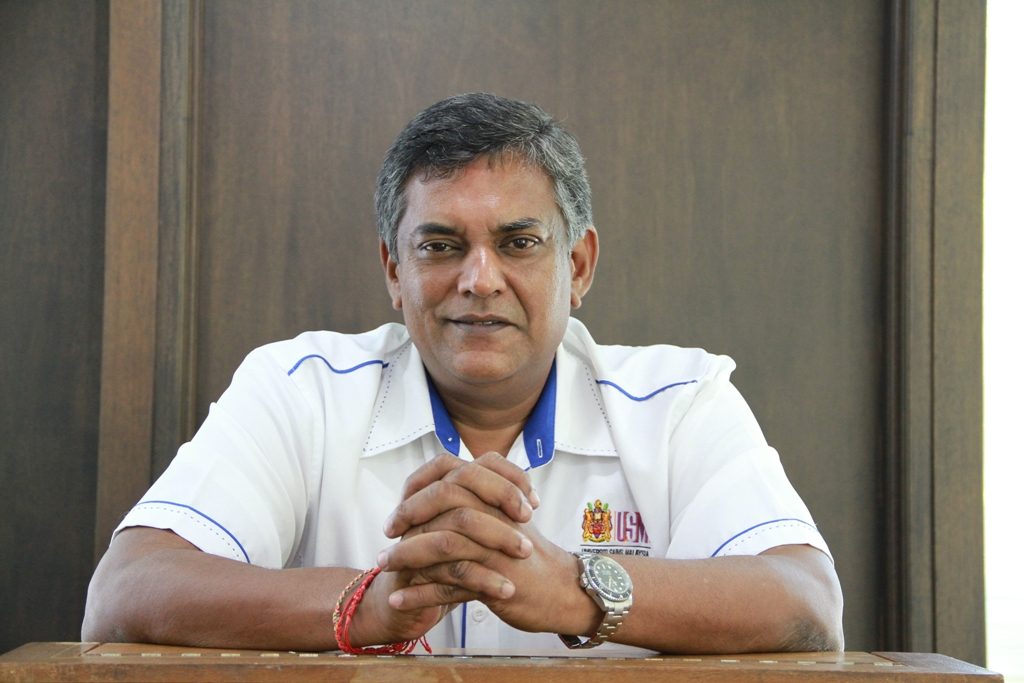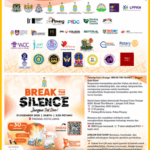
Malaysia’s decision to enforce mandatory checks and certifications for Speed Limiting Devices (SLDs) on buses and heavy vehicles beginning this October reflects a welcome seriousness from the government in addressing a long-standing road safety issue.
Transport Minister Anthony Loke’s recent announcement marks a necessary step forward, especially in the wake of tragic accidents that have repeatedly shaken public confidence in the safety of heavy vehicles on our highways.
While this policy shift deserves recognition, we must acknowledge its limitations and look ahead to the more advanced solutions already being implemented in other developed nations.
SLDs are designed to cap the maximum speed of heavy vehicles, typically at 90km/h for buses and slightly lower for goods carriers. Once installed and calibrated, they prevent speeding. However, they do not monitor or prevent dangerous driving behaviours such as tailgating, sudden lane changes, harsh acceleration or reckless manoeuvres at speeds below the legal limit.
What’s more worrying is the system’s reliance on periodic inspections. A limiter certified today could easily be tampered with tomorrow. Human error, oversight and wilful disabling remain very real threats.
Around the world, countries have evolved beyond this static model. Modern road safety relies on dynamic, real-time tools that actively monitor and manage driver behaviour, not just speed.
In Sweden and across much of the European Union, Intelligent Speed Assistance (ISA) systems are becoming standard. Using GPS mapping, traffic sign recognition and onboard cameras, vehicles automatically adjust their speed to match posted limits. If a driver tries to exceed the limit, the system either warns them or curbs acceleration.
The United Kingdom has long used telematics in commercial fleets. These systems monitor a wide range of behaviours – from speeding to harsh braking, rapid acceleration, phone usage and driver fatigue. The data is relayed in real time to fleet operators and regulators, enabling immediate interventions when unsafe driving patterns emerge. Companies using such systems report fewer accidents, reduced costs and improved driving discipline.
In Australia, geofencing is used to enforce variable speed limits in sensitive areas like schools and construction zones. Vehicles entering these areas automatically receive alerts or restrictions, significantly enhancing safety for vulnerable road users.
Driver Monitoring Systems (DMS), which use cameras and sensors inside the cabin, are becoming common in newer heavy vehicles. These systems detect distraction, drowsiness or microsleep episodes. If the driver’s focus lapses, the system issues alerts or even activates emergency braking.
Meanwhile, Automatic Emergency Braking (AEB) and Adaptive Cruise Control (ACC) use radar and camera sensors to slow or stop vehicles when collisions are imminent – even if the driver doesn’t react. In congested highway conditions, these systems can prevent catastrophe.
Some countries are also rolling out Vehicle-to-Infrastructure (V2I) technology as part of the broader “smart road” ecosystem. This allows vehicles to receive real-time updates from road infrastructure, such as temporary speed zones, weather warnings or traffic disruptions.
Malaysia’s road safety issues are not unique, but our response must be decisive and future-focused. The recent tragedy in Perak that killed 15 university students and nine police personnel is a stark reminder of the consequences of delay and weak oversight.
Public anger must not fizzle out – it must fuel bold reform.
Mandatory speed limiter checks are a start. But the government should move quickly to trial telematics programmes for tour buses and high-risk freight operators. These systems offer data that can guide policy, enforcement and targeted interventions.
Malaysia must also plan to mandate ISA and DMS technologies in all new commercial vehicles within the coming years. These systems are no longer cutting-edge experiments – they are widely available and proven to save lives.
Malaysia has no shortage of expertise or access to these technologies. We have the expertise. What we need is sustained political will, supported by transparent enforcement and strong partnerships with industry stakeholders.
The success stories from Sweden, the UK, Australia, and the European Union show that meaningful reductions in fatalities and serious accidents are achievable, but only if we embrace a modern, data-driven approach to road safety.
Every life saved matters. It is a parent returning home. A child arriving safely at school. A holiday that doesn’t end in grief.
For that reason alone, Malaysia Madani must not stop at speed limiters. The time for real, comprehensive change is now. And perhaps most importantly, all the above is only effective if it is implemented, monitored and enforced with integrity.
DATO’ DR P. SUNDRAMOORTHY
Criminologist
Centre for Policy Research
Universiti Sains Malaysia
Past Events
- MCPF Barat Daya DLC Chairman joins Deepavali Festivities at SJK (T) Sungai Ara
- MCPF Penang Chairman Dato’ Seri Ong Poh Eng chairs MCPF Penang SLC Meeting No. 9 (Term of Office 2023-2026) at PGC Board Room
- MCPF Penang SLC Member Joseph SM attends PGO2025 Organizing Committee Virtual Meeting #1
- MCPF Penang attends PWDC PGO2025 Press Conference at Komtar Auditorium
- MCPF SPS DLC attends PDRM led Engagement Meeting with Indian Community of Ladang Kaledonia






